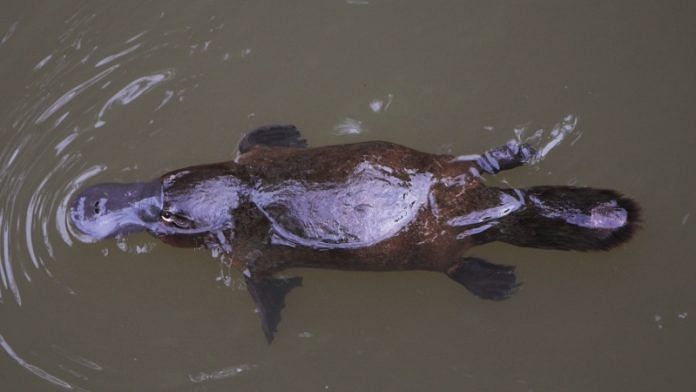Platypus under threat from climate change
The beloved platypus, which is one of the prime examples of the transition between mammals and egg-laying species, is on the verge of extinction, thanks to human-induced environmental damage.
The species is native to Australia and the recent bushfires that estimatedly have killed over 1 billion animals are threatening their existence. They are also threatened by other factors such as loss of habitat, water resource development and large periods of drought.
Over the next 50 years, their population is expected to come down by as much as 66 per cent and they would be declared extinct in 40 per cent of their natural habitats. Today, the species is considered to be nearly-threatened. Read more on The Cut.
Coronavirus spreads across the world
The international outbreak of coronavirus, originating in China and spreading through the air, has reached countries like the US, France, Australia, Malaysia, Thailand, Singapore, Vietnam, Japan, Taiwan, and close to India, Nepal.
In China, the new virus has killed at least 41 people and has infected over 1,300. The outbreak originated in poultry markets selling seafood and a suspected source of the virus are snakes.
The virus, which resembles a microscopic drawing of a sun with spikes, infects both animals and humans.
China has been praised for acting quickly for the way it’s dealing with the crisis. Read more on The New York Times.
Stress does indeed turn hair grey
A new study has confirmed the long-held belief that stress indeed turns hair grey. During experiments, it was found that stem cells that control skin and hair colour have got damaged after periods of stress in mice.
Under intense stress, dark-coloured mice turned completely white within weeks.
While genetics does play a role in how early and how much a person’s hair will grey, the study shows that stress indeed does play a role.
Pain in mice triggered the release of adrenaline and cortisol, making their hearts beat faster and increasing their blood pressure, affecting the nervous system and causing acute stress.
This process then sped up the depletion of stem cells that produced melanin in hair follicles. Unfortunately, the loss of melanin is permanent and the pigment-regenerating stem cells were completely gone. Read more on BBC.
First batch of cookies baked in space
Astronauts onboard the International Space Station have baked the first batch of cookies in outer space. The cookies have not yet been tasted, they’re still in their individual baking pouches in a lab in Houston after they came down to Earth in a SpaceX module two weeks ago.
But what was interesting is the amount of time the cookies took to be made. On Earth, what usually takes 20 minutes ended up taking over two hours in space. We do not yet know the reason for this and scientists hope to figure that out soon. Details on The Guardian.
Researchers recreate voice of an Egyptian mummy
Egyptologists have recreated the larynx or voice box of a 3,000-year-old mummy called Nesyamun, who was a scribe and priest in 1100 BC.
Nesyamun is one of the most well-studied mummies and is thought to have died of an allergic reaction in his 50s. His voice was popular and he sang in the temple of Karnak in ancient Egypt. One of his dreams, even inscribed on his tomb, was that his voice last forever.
Scientists are now one step closer to making the dream come true. Using a 3D printed larynx, an interdisciplinary team of scientists came together to recreate Nesyamun’s voice tract, which is very well preserved in structure. So far, they’ve managed to make only one sound, which they think is his voice. There are some caveats, however. Read on Ars Technica.
Also read: Stardust that smells like rotten peanut butter & how Hong Kong protests are causing PTSD






